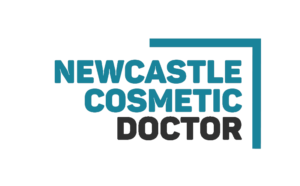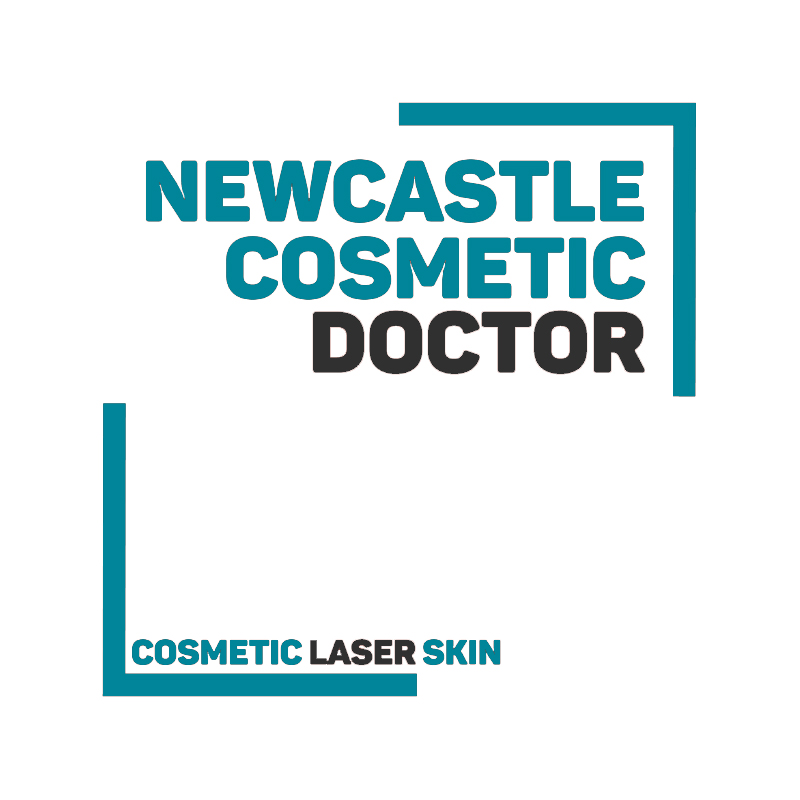1. Purpose
To ensure safe, evidence-based, ethically compliant administration of botulinum toxin for cosmetic use at Newcastle Cosmetic Doctor, aligned with Australian regulation and professional standards.1 2 3 4
2. Scope
Applies to registered medical practitioners and support staff involved in assessment, consent, administration, documentation, storage, follow-up, and adverse-event management of cosmetic botulinum toxin.3 5 6
3. Pre-Care (Patient Preparation)
- Medical screening: Document allergies, medications, neuromuscular disorders (myasthenia gravis, Lambert-Eaton), pregnancy/breastfeeding; record previous toxin treatments and outcomes.2 3 7
- Medication & supplement review: Consider pausing high-dose NSAIDs, vitamin E, fish oil, ginkgo 7–14 days prior to reduce bruising; individualise based on risk.2 8
- Skin status: Defer if active infection/dermatitis in target area. 11
- Photography & consent: Standardised baseline photos (front/obliques/profile) with written consent for records.3 9
- Informed expectations: Discuss realistic outcomes, onset/peak/duration, need for review/top-up, alternatives, risks, costs.2 3 10
4. Procedure Day
- Identity & consent check: Confirm patient identity, medical history changes, and signed consent.3 12
- Asepsis: Cleanse with 70% isopropyl alcohol (avoid ocular surface) or compatible chlorhexidine; maintain sterile handling. 11
- Product verification: Confirm brand (Botox/Dysport/Xeomin/Letybo), batch/lot, expiry; record in EMR.1 3 10
- Reconstitution: Use preservative-free 0.9% sodium chloride per PI; label vial with date/time.1 2 4
- Cold-chain: Store toxin 2–8 °C pre/post reconstitution; monitor and log fridge temperature daily.11 11
- Injection technique: Use fine needle (≈30G); inject small aliquots (≈0.02–0.05 mL) intramuscularly/intradermally per target; avoid post-injection massage; apply gentle pressure if needed.2 10
- Sharps & waste: Dispose immediately in approved sharps container; follow clinic waste policy. 11
- Documentation: Map injection sites; record units per site, total dose, dilution, syringe/needle lots; retain label photo.3 11
5. Product Handling
- Storage: Keep unopened and reconstituted vials at 2–8 °C; protect cold-chain during transport; no freezing unless PI specifies. 5 11
- Stability: Discard reconstituted solution after 24 h unless PI provides validated stability. 1 2 4
- Traceability: Maintain batch/lot/expiry logs linked to patient record. 3 11
6. Post-Treatment Patient Instructions (Aftercare)
- Positioning: Remain upright for at least 4 h. 2 7
- Activity: Avoid rubbing/pressure for 24 h; avoid strenuous exercise/alcohol for 24 h. 2 7 10
- Skin procedures: Avoid facials/peels/laser/microdermabrasion for ~7 days in treated region. 2 7
- Analgesia: Paracetamol if needed; avoid NSAIDs if bruising is a concern. 2
- Onset/peak/duration: Onset ~3–5 d; peak ~10–14 d; duration ~3–4 mo. 2 10
- Urgent signs: Contact clinic if ptosis, diplopia, dysphagia, dysphonia, breathing difficulty. 2 3 4 10
7. Follow-Up and Re-treatment
- Review window: Schedule review at 10–14 d for photos, symmetry, residual movement; consider top-up if indicated. 2 3
- Retreatment interval: Avoid re-treatment before 12 weeks to reduce antibody risk. 2
- Long-term monitoring: Track cumulative dose, intervals, and response; assess for atrophy or dose creep. 2 3 12
8. Adverse Reactions & Complications
- Local: Erythema, swelling, bruising, injection-site pain; usually self-limiting. 2 10
- Systemic/common: Headache, flu-like symptoms, transient malaise. 2 10
- Unintended spread: Ptosis, diplopia, dysphagia/dysphonia; usually temporary—review urgently. 2 10
- Allergy/anaphylaxis: Extremely rare; manage per emergency protocol; document thoroughly. 11
- Regulatory reporting: Report serious adverse events via TGA DAEN; maintain incident log. 4
9. Contraindications
- Absolute: Hypersensitivity to components; active infection; neuromuscular disorders; pregnancy/breastfeeding. 1 2 3 10
- Relative: Coagulopathy, muscle weakness, psychological instability, or interacting drugs. 2 3 10
10. Communication & Informed Consent
- Plain-language consent: Explain procedure, risks, alternatives, temporary nature, costs; provide written aftercare; allow cooling-off when appropriate. 3 12
- Records: Document consent, photos, dose map, batch/lot, aftercare, follow-up plan. 3 11
11. Quality Assurance, Audits & Governance
- Cold-chain & storage logs: Daily 2–8 °C logs; corrective actions for excursions. 5 11
- Audit: Six-monthly audit of outcomes, complications, consent, documentation. 3 11
- Training: Maintain credentialing, CPD, life support/resus. 3
- Serious incidents: Internal review; external TGA/state report as required. 4 12
Sources
- TGA (2024), AusPAR: Botulinum toxin type A, viewed 8 Oct 2025, https://www.tga.gov.au/auspar/auspar-botulinum-toxin-type-1 ↩︎
- Australian Prescriber (2023), Clinical use of botulinum toxin, viewed 8 Oct 2025, https://australianprescriber.tg.org.au/articles/clinical-use-of-botulinum-toxin.html ↩︎
- AHPRA / Medical Board (2022), Guidelines for non-surgical cosmetic procedures, viewed 8 Oct 2025, https://www.ahpra.gov.au/Resources/Cosmetic-surgery-hub/Cosmetic-procedure-guidelines.aspx ↩︎
- TGA (2024), Cosmetic injections checklist, viewed 8 Oct 2025, https://www.tga.gov.au/sites/default/files/cosmetic-injections-checklist.pdf ↩︎
- NSW Health (2023), Cold Chain Management of Medicines, viewed 8 Oct 2025, https://www.health.nsw.gov.au/pharmaceutical/Documents/cold-chain-guidelines.pdf ↩︎
- TGA (2025), Letybo (letibotulinumtoxinA) – AusPmd, viewed 8 Oct 2025, https://www.tga.gov.au/resources/auspmd/letybo ↩︎
- Queensland Health (2023), Guide to cosmetic injectables, viewed 8 Oct 2025, https://www.health.qld.gov.au/newsroom/news/beginner-friendly-guide-to-cosmetic-injectables ↩︎
- RACGP (2024), Clinical guidelines & resources, viewed 8 Oct 2025, https://www.racgp.org.au/clinical-resources/clinical-guidelines ↩︎
- Healthdirect (2024), Botox consumer medicine information, viewed 8 Oct 2025, https://www.healthdirect.gov.au/medicines/brand/amt%2C3742011000036100/botox ↩︎
- NHMRC (2023), Australian IPC Guidelines in Healthcare, viewed 8 Oct 2025, https://www.nhmrc.gov.au/about-us/publications/australian-guidelines-prevention-and-control-infection-healthcare ↩︎
- HCCC NSW (2024), Code of Conduct, viewed 8 Oct 2025, https://www.hccc.nsw.gov.au/ ↩︎
- PBS (2009), Botulinum toxin type A listing, viewed 8 Oct 2025, https://www.pbs.gov.au/info/industry/listing/elements/pbac-meetings/psd/2009-11/pbac-psd-Botulinum-nov09 ↩︎


